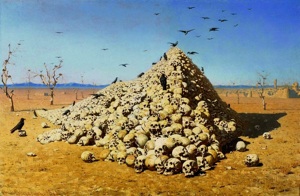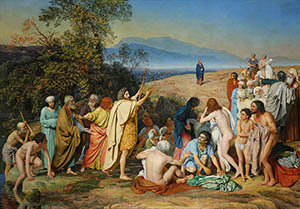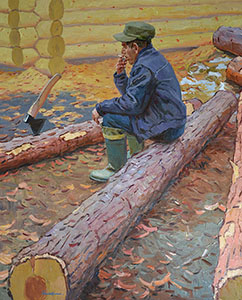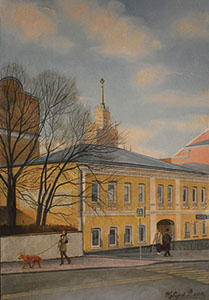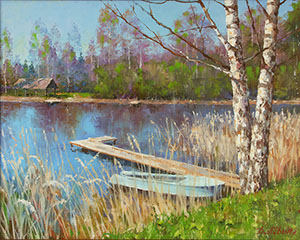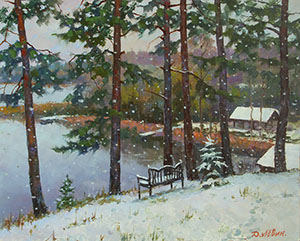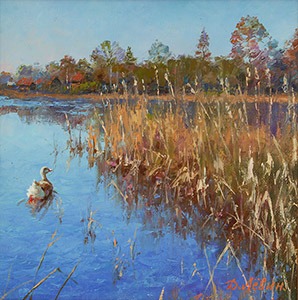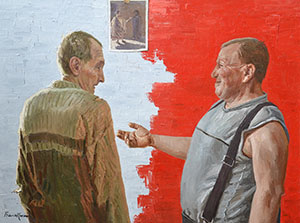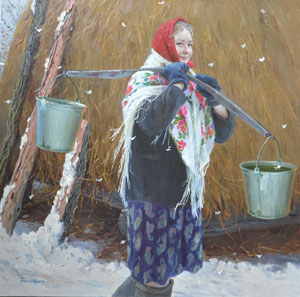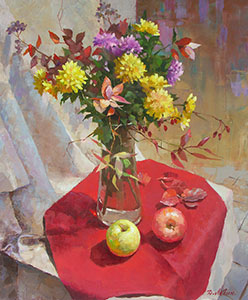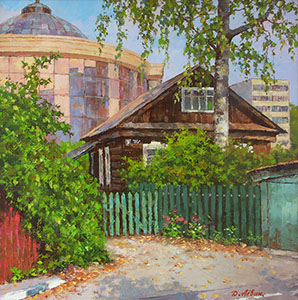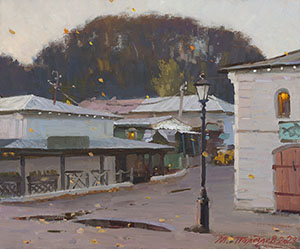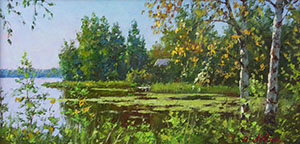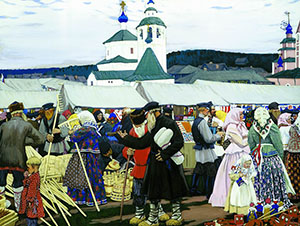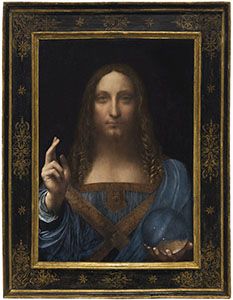RUSSIAN REALISM AND REALIST PAINTERS - BUY REALISTIC PAINTINGS AT ARTRUSSIA GALLERY
Realism is all about a credible and objective translation of life on canvas. Artists, beginning with the representatives of the Renaissance, tried to find out how the nature worked, what its connection with humans’ existenceand art was. They studied monuments of ancient art, applied to science – especially optics, mathematics and anatomy to learn how to reflect reality on their canvases like in a mirror. Their paintings are filled with harmonic clarity and worship for the beauty of the world. Until our days the art of the Renaissance has been seen as a spring for wisdom and high level of mastery. What is important, the power of distributed effect does not depend on the level of resemblance, a fact very well-understood by modern realist painters. Quite often naturalistic pictures seem less credible than any other type created with deep thinking about the true nature of things, with the desire to reflect not only physical likeness, but also the very essence of the object. Thus primitive art can seem much closer to reality than academic painting just as impressionism and the naturalism of Dutch masters can seem equally realistic. And paintings created by modern realist artists are characterized by the search of new connections with the universe, new artistic forms of expression.
MASTERPIECES OF REALISM
